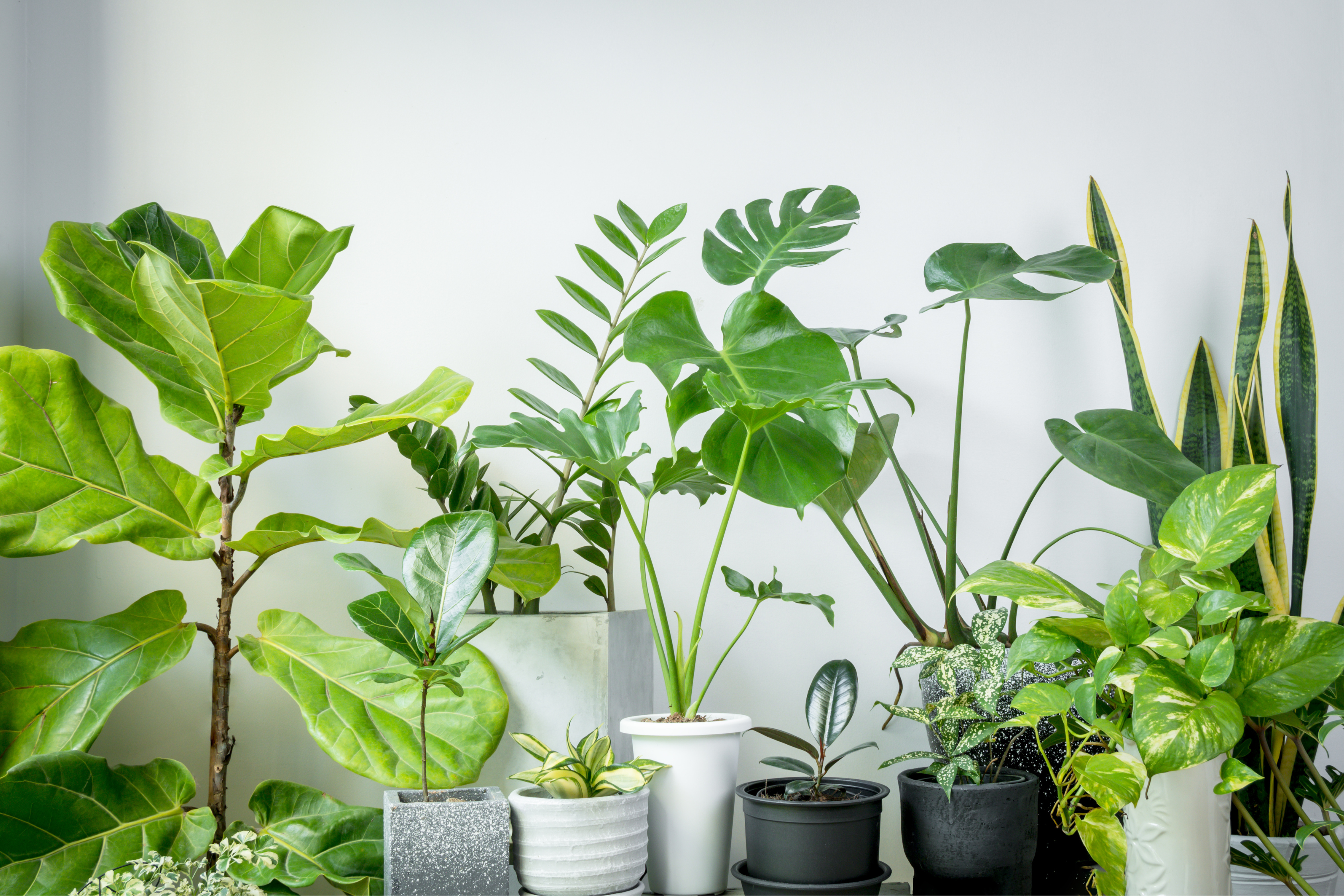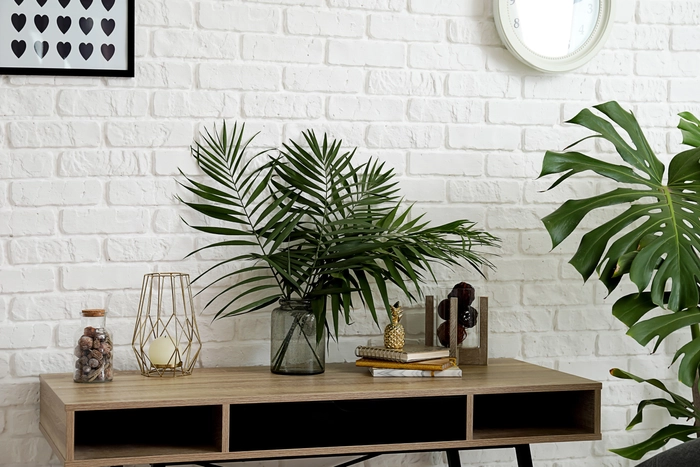Introduction:
Transport yourself to a lush tropical paradise by incorporating exotic tropical plants into your landscape. With their vibrant colors, bold foliage, and dramatic textures, tropical plants add a touch of luxury and intrigue to any outdoor space, whether you're creating a tropical oasis in your backyard or enhancing your indoor living areas. In this guide, we'll explore the beauty and versatility of tropical plants and offer tips for incorporating them into your landscape design to create a stunning and exotic retreat.
The Allure of Tropical Plants:
Tropical plants are renowned for their striking beauty and unique characteristics, making them popular choices for gardeners seeking to add a touch of the exotic to their landscapes. Some of the key features that make tropical plants so appealing include:
-
Colorful Foliage: Tropical plants come in a dazzling array of colors, from rich greens and deep blues to vibrant reds, oranges, and yellows, adding visual interest and drama to any garden.
-
Diverse Shapes and Textures: Tropical plants exhibit a wide variety of leaf shapes, sizes, and textures, ranging from broad, palm-like fronds to slender, strap-like leaves, and everything in between, creating dynamic and eye-catching displays.
-
Bold Patterns: Many tropical plants feature bold patterns, stripes, spots, or variegation on their leaves, adding intrigue and personality to your garden and providing endless opportunities for creative combinations.
-
Exotic Flowers: Tropical plants produce an abundance of exotic flowers in an array of shapes, sizes, and colors, often with captivating fragrances that tantalize the senses and attract pollinators.
Incorporating Tropical Plants into Your Landscape:
Whether you're designing a tropical-themed garden, creating a container garden on your patio, or adding tropical accents to your indoor spaces, there are countless ways to incorporate tropical plants into your landscape. Here are some tips to get you started:
-
Selecting Tropical Plants: Choose tropical plants that are well-suited to your climate and growing conditions, considering factors such as sunlight exposure, soil type, and water requirements. Look for plants that offer a mix of foliage colors, textures, and shapes to create a dynamic and visually appealing composition.
-
Creating Focal Points: Use tropical plants as focal points or statement pieces in your landscape design, placing them in strategic locations such as entryways, patios, or garden beds where they can be admired and appreciated.
-
Mixing and Layering: Experiment with mixing tropical plants with other ornamental plants, such as grasses, perennials, and annuals, to create depth and dimension in your garden. Layer plants of varying heights and textures to create visual interest and a sense of abundance.
-
Container Gardening: Incorporate tropical plants into container gardens on your patio, deck, or balcony to bring a touch of the tropics to small outdoor spaces. Choose containers that complement the aesthetic of your plants and provide adequate drainage for healthy root growth.
-
Indoor Gardens: Bring the beauty of the tropics indoors by growing tropical plants as houseplants in your home or office. Select plants that thrive in low-light conditions or can tolerate indoor environments, such as philodendrons, peace lilies, snake plants, and ZZ plants.
Care and Maintenance:
While tropical plants may evoke images of exotic locales and balmy climates, many are surprisingly adaptable and easy to care for in a variety of environments. To ensure the health and vitality of your tropical plants, follow these care tips:
-
Sunlight: Provide tropical plants with the appropriate amount of sunlight according to their individual requirements, whether it's full sun, partial shade, or filtered light. Avoid placing plants in direct sunlight for extended periods, as this can cause leaf burn.
-
Watering: Keep tropical plants consistently moist but not waterlogged, allowing the top inch or so of soil to dry out slightly between waterings. Use a watering can or hose with a gentle spray attachment to water plants thoroughly, ensuring that water penetrates the root zone.
-
Fertilization: Feed tropical plants regularly during the growing season with a balanced fertilizer formulated for houseplants or tropicals. Follow label instructions for application rates and frequency, and avoid over-fertilizing, as this can cause nutrient imbalances and leaf burn.
-
Humidity: Tropical plants thrive in humid environments, so consider increasing humidity levels around indoor plants by placing them on a pebble tray filled with water or using a room humidifier. Mist plants regularly with water to provide additional moisture to their foliage.
-
Pest and Disease Control: Monitor tropical plants for signs of pests such as aphids, mealybugs, and spider mites, as well as common fungal diseases such as powdery mildew and leaf spot. Treat infestations promptly with natural or organic remedies to prevent them from spreading to other plants.
Conclusion:
Incorporating tropical plants into your landscape is a surefire way to create a lush and exotic retreat that transports you to faraway destinations without ever leaving home. Whether you're cultivating a tropical-themed garden, creating a container oasis on your patio, or adding indoor jungle vibes to your living spaces, tropical plants offer endless opportunities for creativity, beauty, and relaxation.
With their vibrant colors, bold foliage, and captivating textures, tropical plants bring a touch of the exotic to any setting, infusing your outdoor and indoor spaces with warmth, vitality, and tropical charm. Explore the diverse world of tropical plants and discover the endless possibilities for creating your own tropical paradise right in your backyard or living room.
Happy gardening!

